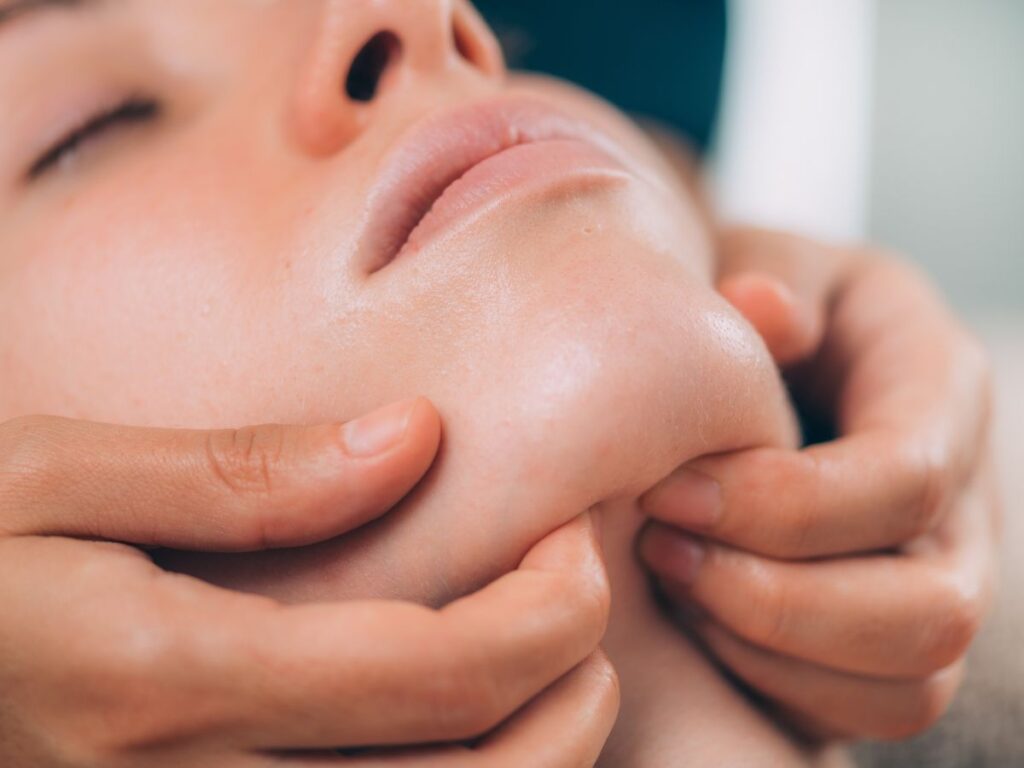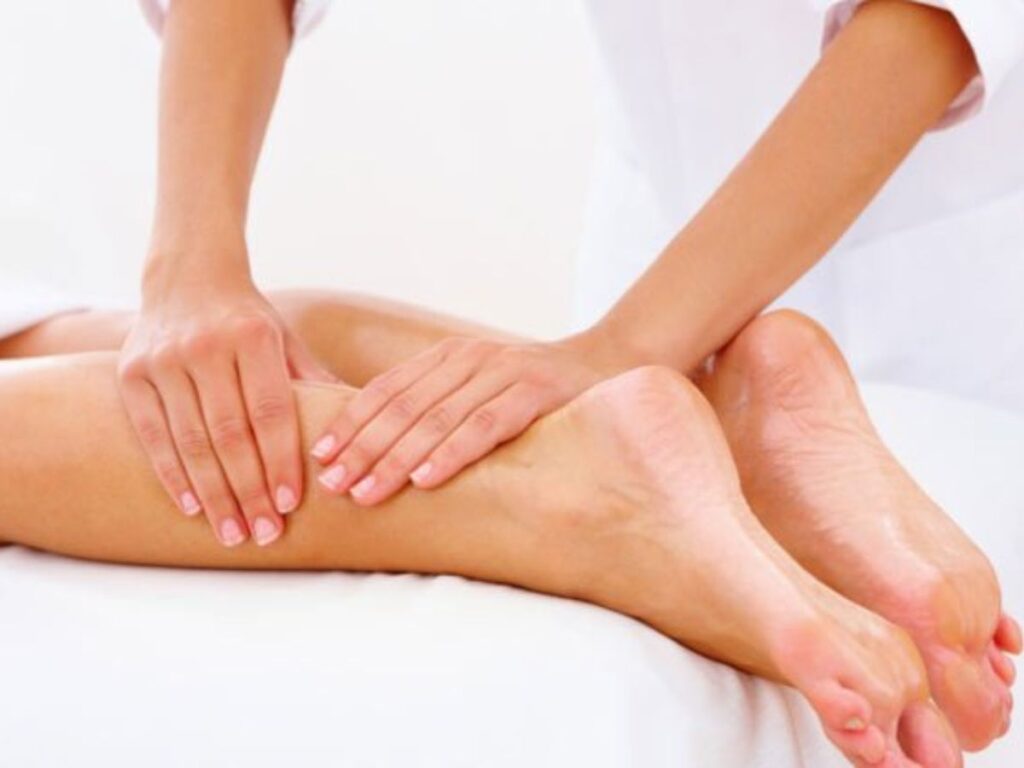Why the Hands and Wrists Appreciate Massage
The hands and wrists power countless daily tasks, from typing and texting to cooking and crafting. Despite their intricate composition of small bones, tendons, and ligaments, they’re often overlooked until pain strikes. Whether it’s repetitive strain from keyboard use or inflammation from overexertion, massage therapy can help by releasing tight fascia, boosting circulation, and calming tense muscles that support fine movements. By soothing these areas regularly, you not only relieve aches but also guard against chronic issues like carpal tunnel syndrome or De Quervain’s tenosynovitis, sustaining healthy function for all the detailed work your hands perform.
Key Causes of Hand and Wrist Pain
Extended keyboard or mouse usage frequently stresses the wrist extensors and flexors, leading to tendon irritation. Certain hobbies—like knitting, gardening, or playing an instrument—subject the fingers and wrists to repetitive motions. Athletes in sports like tennis or rock climbing may strain grip and forearm muscles, transferring tension into the wrist. Physical anomalies, such as a narrow carpal tunnel or prior injuries, can exacerbate nerve compression. Massage therapists consider these factors, applying specialized techniques to soften overloaded tissues and untangle adhesions that hamper fluid movement in the hand-wrist complex.
Effective Massage Techniques
For the hands and wrists, therapists often use smaller, more precise strokes. They might perform friction or circular motions around the carpal bones or along tendon sheaths. Myofascial release helps loosen the forearm fascia that tugs on the wrist. Trigger point therapy in the thumb pad or wrist extensors can relieve localized nodules that radiate pain into the fingers. Gentle joint mobilizations or traction may enhance the wrist’s range of motion. Since these areas can be sensitive, communication about pressure level is essential, ensuring the therapist unwinds tension without overwhelming the delicate structures.
Dr. Elham’s Alignment Perspective
Sometimes, hand or wrist discomfort stems from improper shoulder or neck alignment that alters nerve pathways down the arm. Dr. Elham checks for cervical spine misalignments or scapular instability that force the wrist and forearm to compensate. Through chiropractic adjustments, he improves overall posture, lowering the strain traveling into the hands. In turn, massage therapy can focus specifically on local muscle tension, reinforcing Dr. Elham’s corrections so the upper limb chain functions harmoniously. This collaboration helps reduce persistent overuse patterns and fosters a more natural, effortless wrist position during daily tasks.
Advantages of Hand and Wrist Massage
Taking time to soothe these smaller but hardworking areas pays dividends:
- Improved Dexterity: Freed-up tendons and less stiffness means finer control for writing, typing, or crafting.
- Reduced Nerve Irritation: Gentle pressure can lessen median or ulnar nerve compression, easing numbness or tingling.
- Less Fatigue: Relaxed forearm muscles handle repetitive tasks longer without cramping.
- Better Grip Strength: Releasing tight spots bolsters your ability to hold objects firmly yet comfortably.
- Lasting Tissue Health: Ongoing circulation support slows degenerative changes in delicate wrist structures.
Over time, these benefits safeguard essential functions—like using utensils or performing job tasks—keeping your hands nimble and resilient.
Maintaining Results Between Sessions
Daily micro-practices reinforce progress. Simple stretches—like extending fingers wide or flexing wrists gently—relieve tension buildup. Therapists often recommend using stress balls or therapy putty to bolster hand muscles. Dr. Elham might advise posture tweaks at your workstation: elbows at 90 degrees, wrists neutral on soft supports, and monitor at eye level to discourage hunching. Short breaks every 20–30 minutes—where you shake out your hands or do quick forearm stretches—can intercept chronic strain. By embedding these routines, you prolong the relief gained from each massage session and diminish the recurrence of tendon flare-ups.
Functional Obstacles Resolved by Massage
Painful wrists or stiff fingers hamper basic tasks: turning doorknobs, fastening buttons, or typing an email. Massage therapists address these real-world limitations by softening tight forearm extensor or flexor muscles, letting you bend and straighten the wrist freely. Trigger point release in the hand can restore painless finger flexion. Dr. Elham’s alignment input also ensures the arm’s nerve pathways stay unhindered, minimizing numbness when gripping. Together, these steps create a ripple effect of easier daily living—from household chores to creative hobbies—without the constant worry of hand cramps or wrist twinges.
What Happens If Ignored
Unattended hand and wrist pain can escalate, leading to chronic inflammation in tendon sheaths, degenerative cartilage changes, or even nerve entrapments like carpal tunnel syndrome. Over time, reduced grip strength or persistent numbness might disrupt job performance or hamper independence in daily tasks. Compensation patterns may radiate strain up to the elbow, shoulder, or neck, amplifying discomfort. Massage therapy, guided by Dr. Elham’s alignment checks, prevents this escalation by treating the local muscle stress and broader postural issues, preserving the hands’ fine motor agility for years to come.
A Glimpse at a Typical Session
Therapists generally start with gentle warming of the forearm, wrist, and hand, identifying sensitive nodules or tight fascial bands. They may apply deeper thumb pressure around the carpal region or swirl motions around the thumb web space—often a hub of tension. Stretching each finger or rotating the wrist passively can further release tight structures. Pressure ranges from light to moderate, depending on your tolerance, ensuring the small joints and tendons aren’t overstressed. To conclude, soothing effleurage strokes calm the area, while the therapist might demonstrate a few simple at-home stretches to reinforce healing.
Securing Long-Term Comfort
Therapy for the hands and wrists doesn’t have to be a short-term fix. While an initial flurry of weekly or bi-weekly sessions can undo stubborn knots, scheduling monthly tune-ups helps maintain mobility. Dr. Elham’s periodic spinal and shoulder alignment reviews keep your upper limb chain balanced, reducing creeping muscle tension. Adding targeted exercises—like light wrist curls or finger extension drills—into your routine fortifies the gains. This holistic plan transforms your hands from a painful liability into a finely tuned asset, ready for the rigors of modern life, whether that’s extended screen time, craft projects, or physically demanding work.






